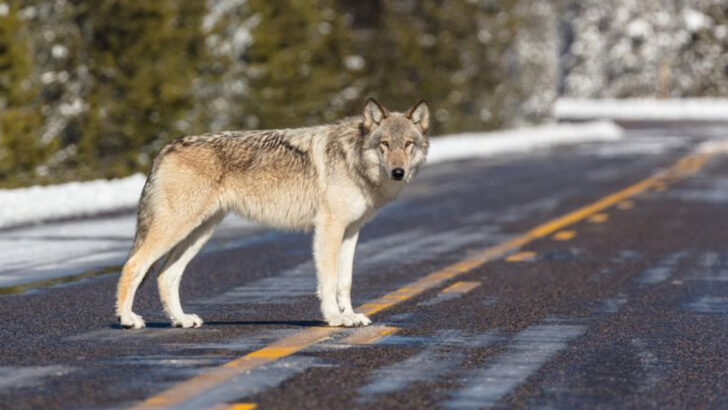The reintroduction of wolves to Yellowstone in 1995 didn’t just shake up the animal kingdom—it transformed the entire ecosystem. Wolves, once gone, returned to find their place at the heart of the park’s wild balance.
Their presence sparked a chain reaction, altering everything from the behavior of prey to the flow of rivers. Yes, wolves even have a hand in shaping the very land itself!
This isn’t just a story about predators; it’s a story of nature’s stunning interconnectedness. By understanding how wolves are reshaping Yellowstone, we can learn more about the delicate web that holds the natural world together.
Ready to witness the power of wolves in action? Let’s explore 12 ways they’re making Yellowstone wilder and more awe-inspiring than ever.
Regulating Elk Populations
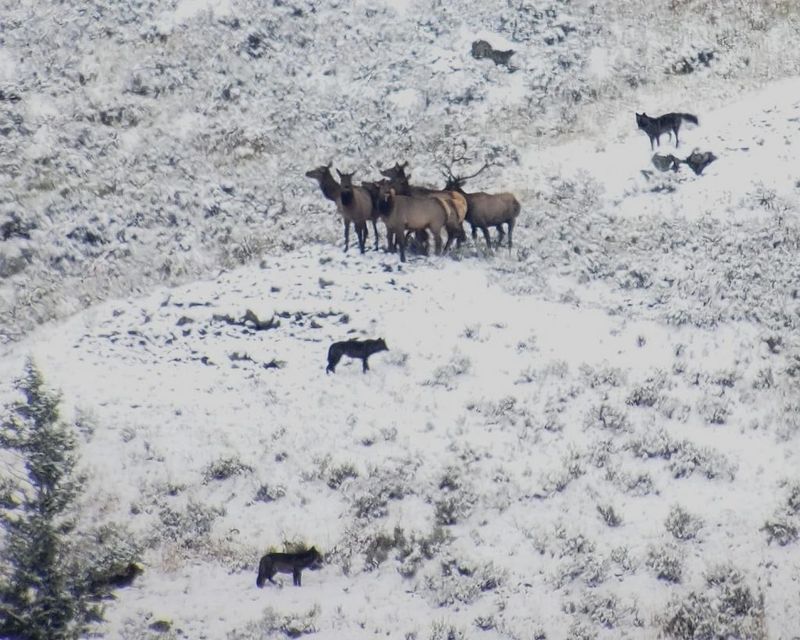
Wolves play a crucial role in managing elk populations, preventing overgrazing. This balance is essential for maintaining healthy vegetation. By naturally controlling elk numbers, wolves help ensure that young trees and plants can grow without being excessively eaten.
This change revitalizes the forests, fostering habitats for various species. A balanced elk population also results in less damage to riverbanks.
Consequently, this dynamic contributes to healthier rivers, as stabilized riverbanks reduce erosion. The presence of wolves brings a cascade of changes, illustrating the profound impact of predators on the environment.
Encouraging Biodiversity
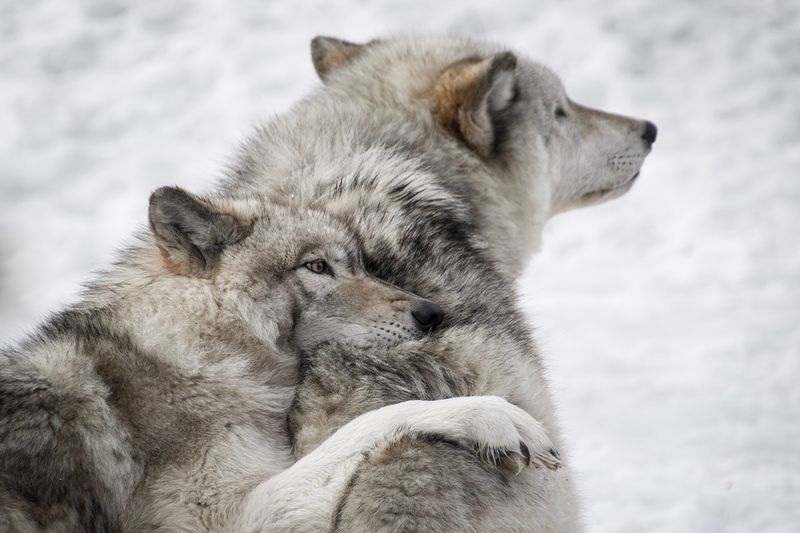
The reintroduction of wolves has encouraged biodiversity. As wolves control elk numbers, plant life flourishes. This lush vegetation supports diverse animal species, creating a vibrant ecosystem.
Birds find more nesting areas, and small mammals thrive in healthier forests. This ripple effect enhances the park’s biodiversity.
New plant growth also leads to increased insect populations, which are vital for pollination. This transformation showcases how apex predators indirectly promote a balanced and thriving ecosystem, benefiting all forms of life in the park.
Transforming River Landscapes
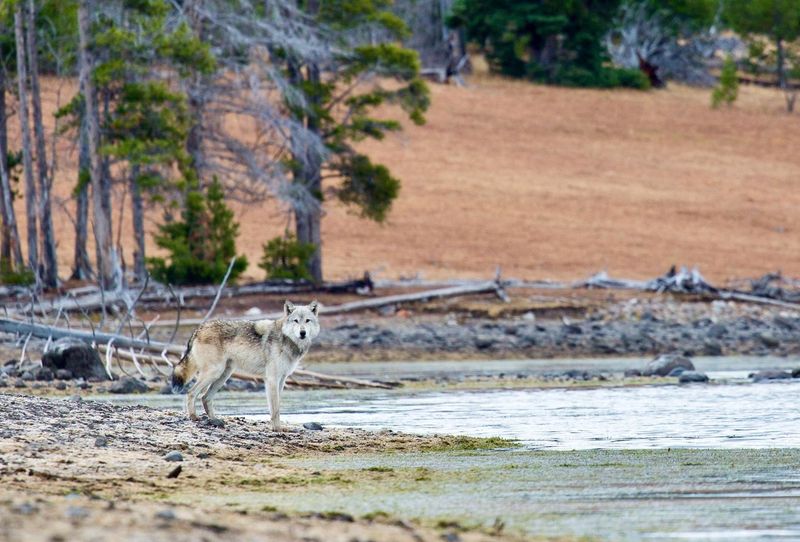
Wolves have indirectly transformed Yellowstone’s river landscapes. By keeping elk in check, vegetation along riverbanks rebounds.
This growth stabilizes the banks, reducing erosion and sediment in the water. Stabilized rivers foster clearer waters, benefiting aquatic life.
The transformation of these waterways demonstrates the intricate connections within ecosystems. Wolves, by altering elk behavior and numbers, showcase their surprising influence on geographical features. Visitors now enjoy enhanced river views, illustrating the unexpected yet beautiful changes wolves bring.
Supporting Beavers
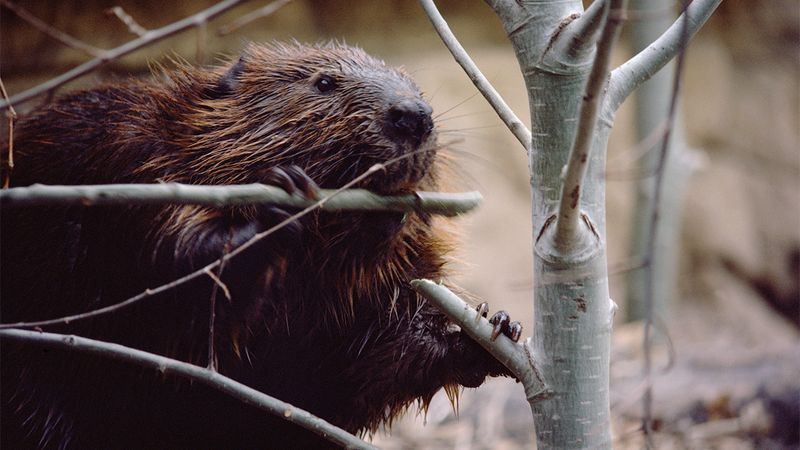
Wolves indirectly support beaver populations. With fewer elk, vegetation thrives, providing ample building material for beavers.
Beavers construct dams, creating wetlands that benefit countless species. These wetlands serve as essential habitats, offering food and shelter.
The increase in beaver activity showcases another layer of ecological balance. As beavers thrive, the landscape diversifies, maintaining a harmonious cycle of life. This partnership between wolves and beavers illustrates nature’s interconnectedness. Both species contribute to the park’s vibrant ecosystem, highlighting the unexpected benefits of wolf reintroduction.
Boosting Songbird Numbers
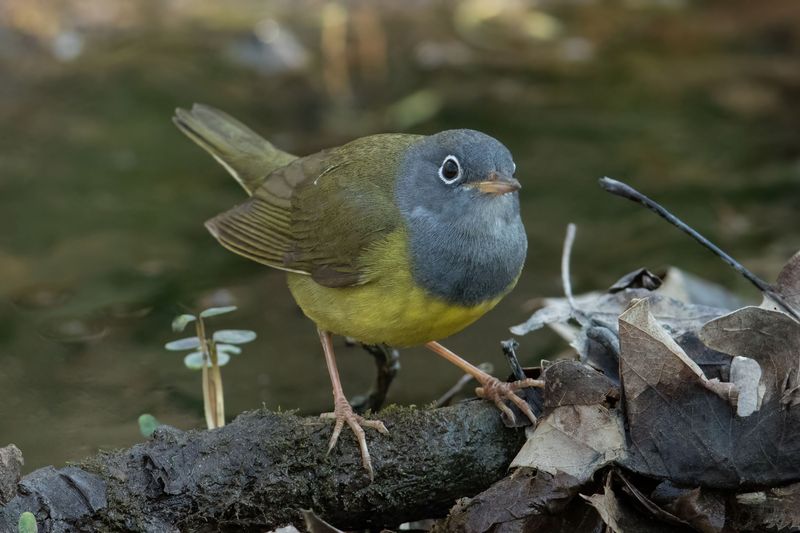
The return of wolves has led to a boost in songbird numbers. As elk populations are regulated, young trees and shrubs regenerate, providing prime nesting sites.
This dense foliage offers protection, increasing songbird survival rates. Rich vegetation also attracts insects, a vital food source for birds.
The flourishing songbird population exemplifies the cascading effects of predator reintroduction. Visitors may now enjoy the cheerful melodies of various bird species, enriching the park experience. Wolves indirectly nurture avian life, demonstrating their far-reaching environmental impact.
Enhancing Plant Growth
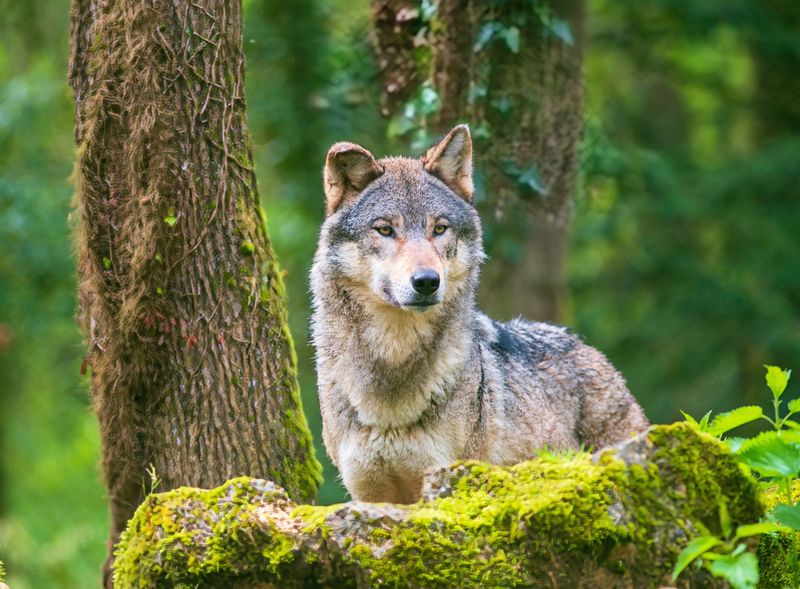
Yellowstone’s plant growth has been revitalized thanks to wolves. By managing elk populations, plants have the space to flourish.
This greenery provides essential habitats and helps stabilize the soil. Enhanced plant growth attracts diverse wildlife, supporting overall biodiversity.
Healthy vegetation also plays a crucial role in carbon sequestration, contributing to global climate health. The reintroduction of wolves demonstrates the intricate dance of ecosystems and the unexpected benefits of predator presence. Visitors can now witness a greener, more vibrant park.
Affecting Coyote Populations
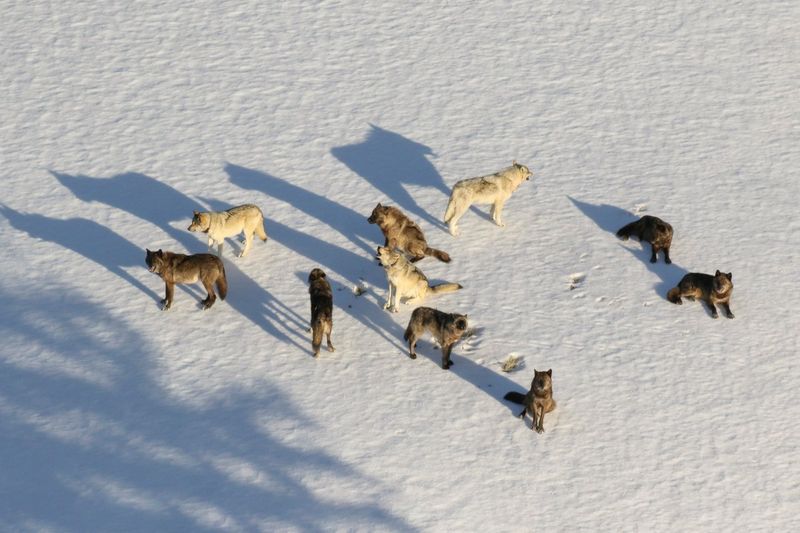
Wolves have affected Yellowstone’s coyote populations. With wolves around, coyote numbers have decreased, balancing the predator hierarchy.
This shift allows smaller predators and scavengers to thrive, as they face less competition. The decrease in coyotes leads to a more balanced ecosystem.
Such dynamics emphasize the importance of apex predators. By influencing species interactions, wolves create a more stable environment. This balance is critical for the park’s ecological health, highlighting the subtle yet impactful role wolves play in maintaining equilibrium.
Improving Water Quality
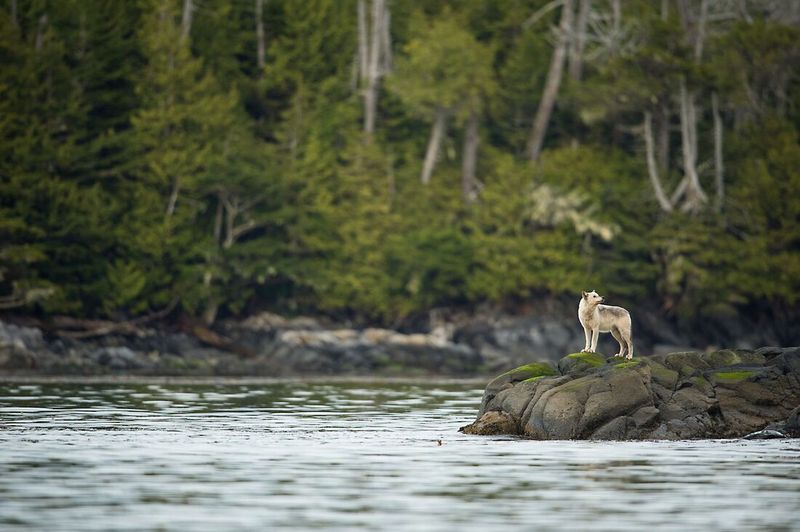
Wolves contribute to improved water quality in Yellowstone. With stabilized riverbanks, less sediment enters the rivers, leading to clearer waters.
Clearer waters benefit fish and aquatic plants, fostering a healthy aquatic ecosystem. This improvement showcases how predators indirectly maintain water health.
The ripple effect of wolves reaches even the rivers, proving their essential role in ecosystem restoration. Visitors can now appreciate the park’s pristine waters, a testament to the unseen work of wolves. This transformation underscores the interconnected nature of ecosystems.
Reducing Deer Browsing
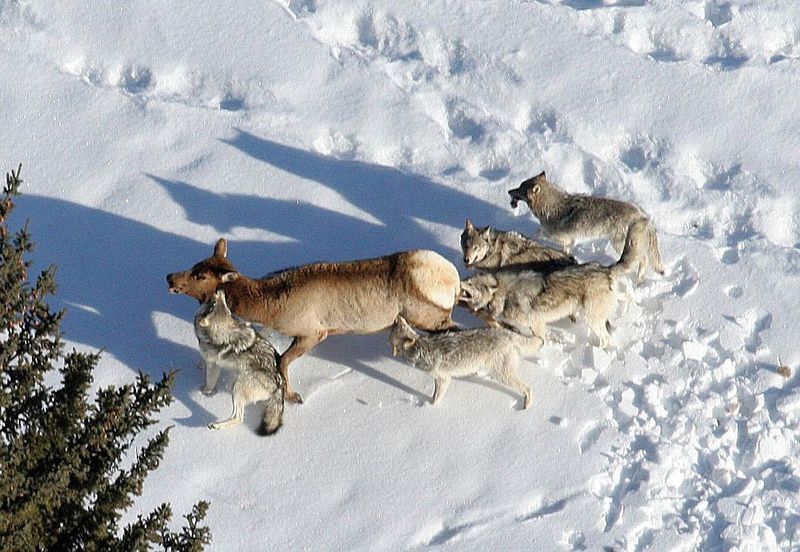
The presence of wolves reduces deer browsing. With predators around, deer alter their grazing patterns, preventing overbrowsing.
This change allows plant growth, benefiting the entire ecosystem. As vegetation regenerates, it supports diverse wildlife.
The careful balance of predator-prey interactions is crucial for ecological health. Wolves encourage deer to move more frequently, dispersing their impact. This dynamic leads to a richer, more varied landscape, exemplifying nature’s equilibrium.
Strengthening Ecological Balance
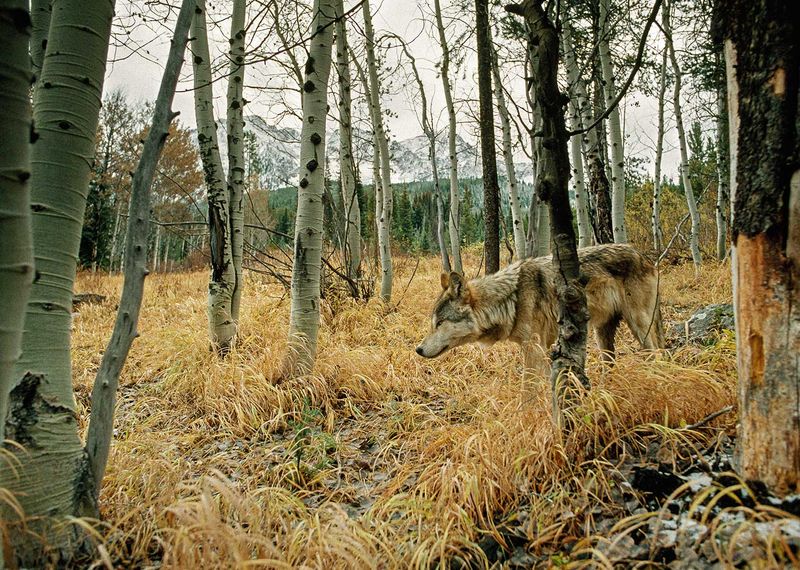
Wolves strengthen Yellowstone’s ecological balance. As top predators, they ensure prey populations remain in check.
With regulated prey numbers, plant life recovers, supporting diverse species. This balance fosters a resilient and thriving ecosystem.
The presence of wolves is a reminder of nature’s checks and balances. By maintaining order, they contribute to the park’s overall health. Observers can see a more harmonious environment, where each species plays its part. Wolves’ role in this balance highlights the importance of keystone species.
Promoting Aspen Recovery
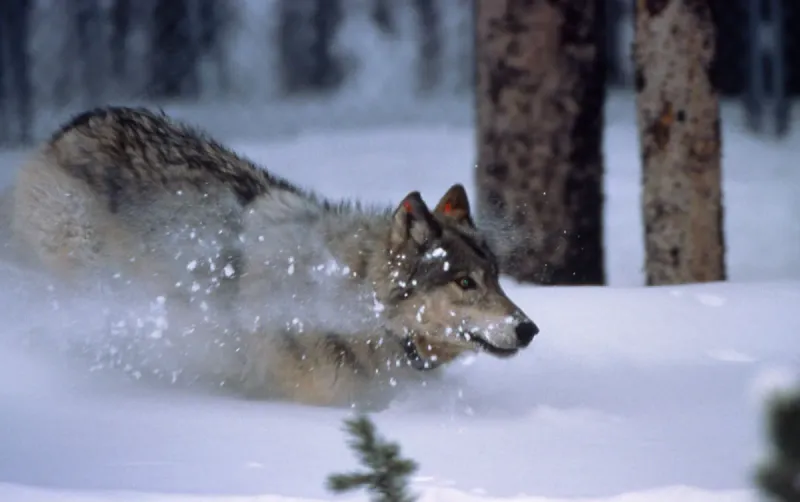
Wolves have promoted aspen recovery in Yellowstone. By controlling herbivore numbers, young aspen trees grow without being overbrowsed.
This recovery supports a diverse range of species, from insects to large mammals. Aspen groves provide essential habitats and contribute to air quality.
The revival of aspens illustrates the profound impact of wolves. Their presence proves vital for maintaining plant and animal diversity. Visitors can now enjoy vibrant aspen forests, a testament to the ecological changes fostered by wolves.
Increasing Visitor Interest
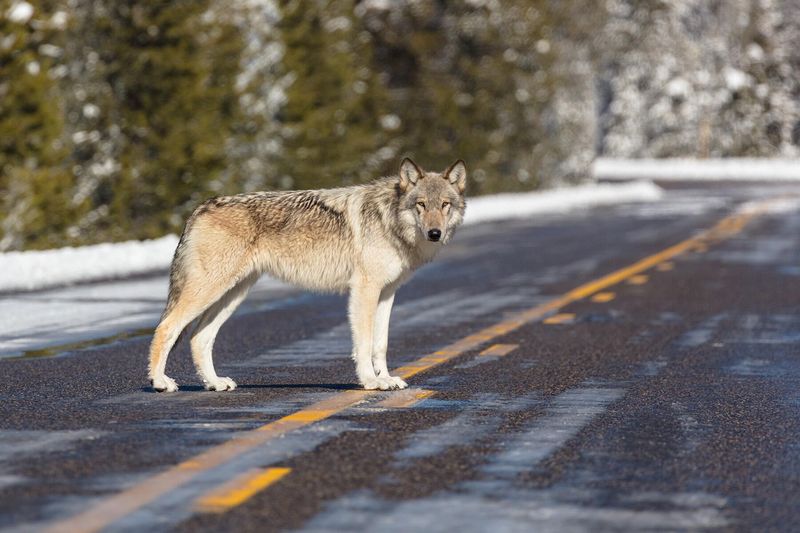
Wolves have increased visitor interest in Yellowstone. Tourists flock to catch a glimpse of these majestic predators.
Their presence draws nature enthusiasts, boosting the local economy. Wolves add allure to the park, making it a prime wildlife destination.
Beyond economic benefits, observing wolves offers educational opportunities. Visitors learn about ecosystem dynamics and predator roles. The growing interest underscores the cultural and ecological significance of wolves in Yellowstone, enhancing visitor experiences.

